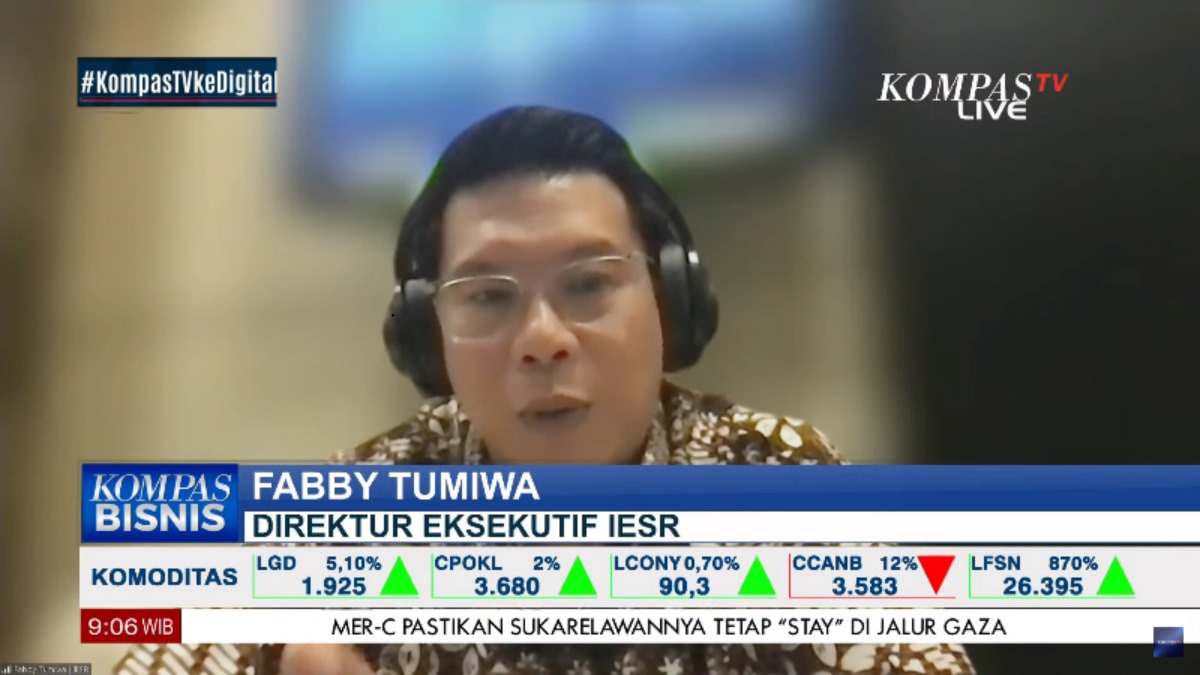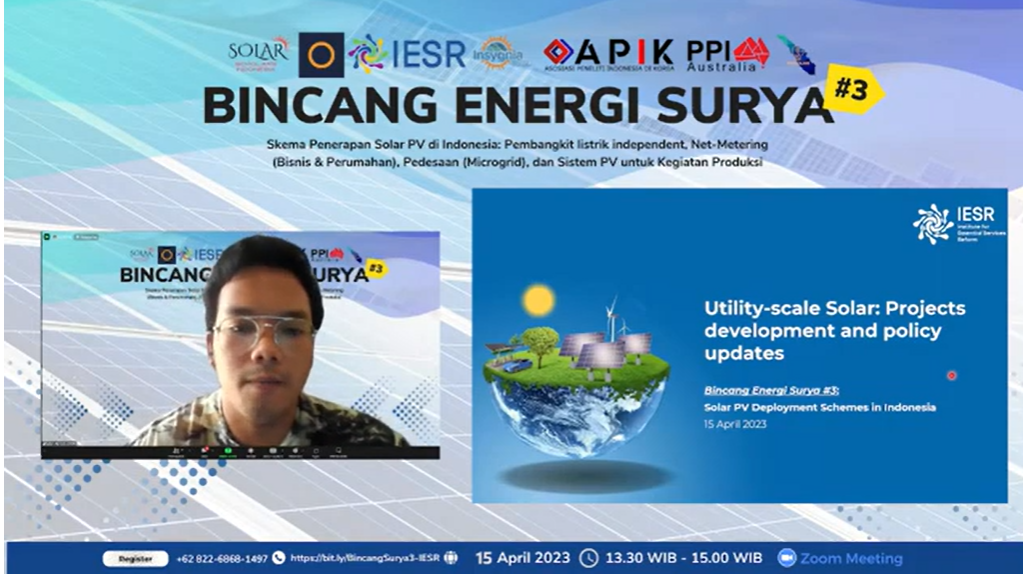Jakarta, January 16, 2024 - The Ministry of Energy and Mineral Resources (ESDM) reported that the realization of the new and renewable energy mix (NRE) was around 13.1% in 2023, up only 0.8% from the realization in 2022 of around 12.30%. The slow growth of NRE in Indonesia is in line with the ongoing fossil…





